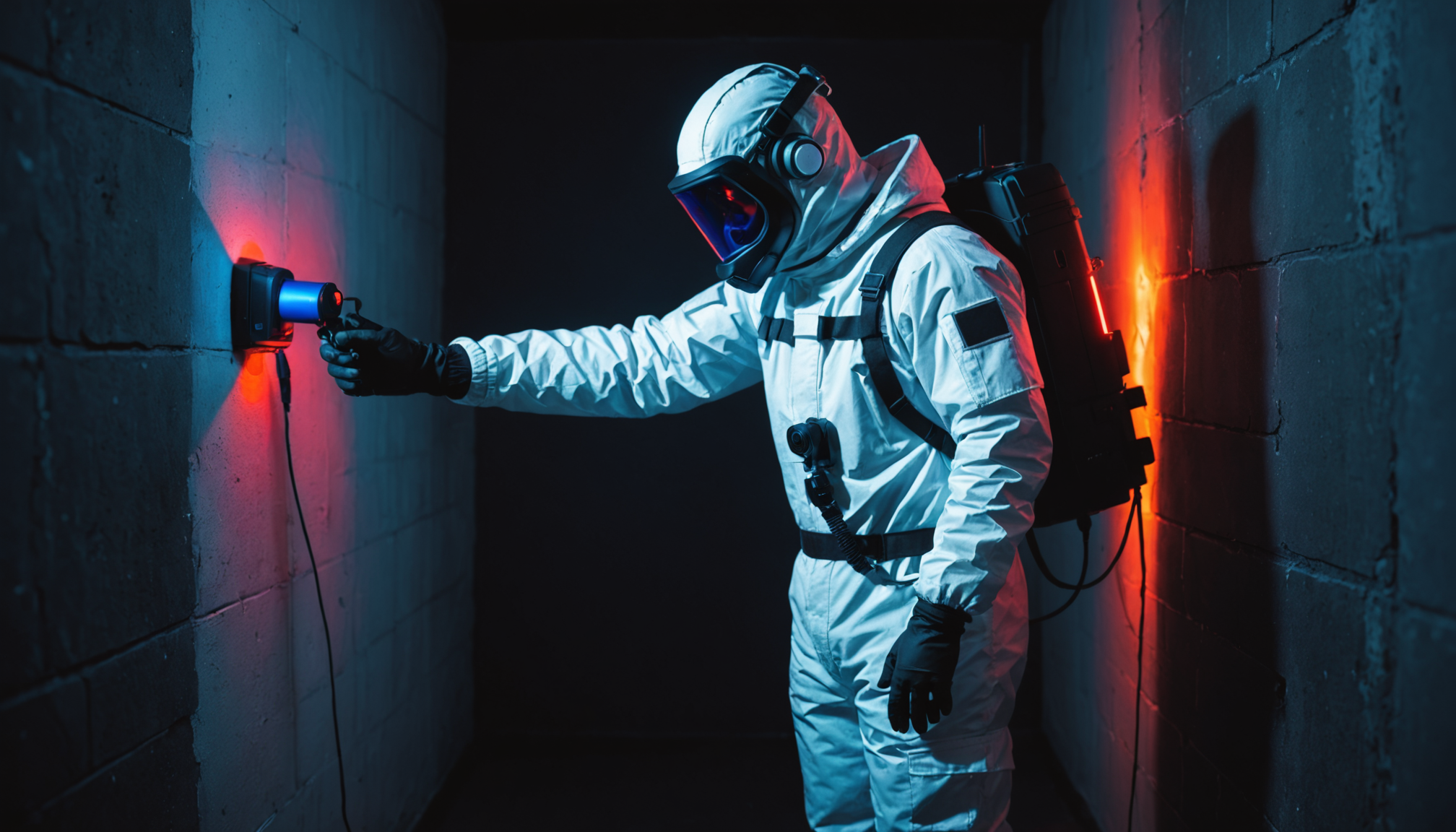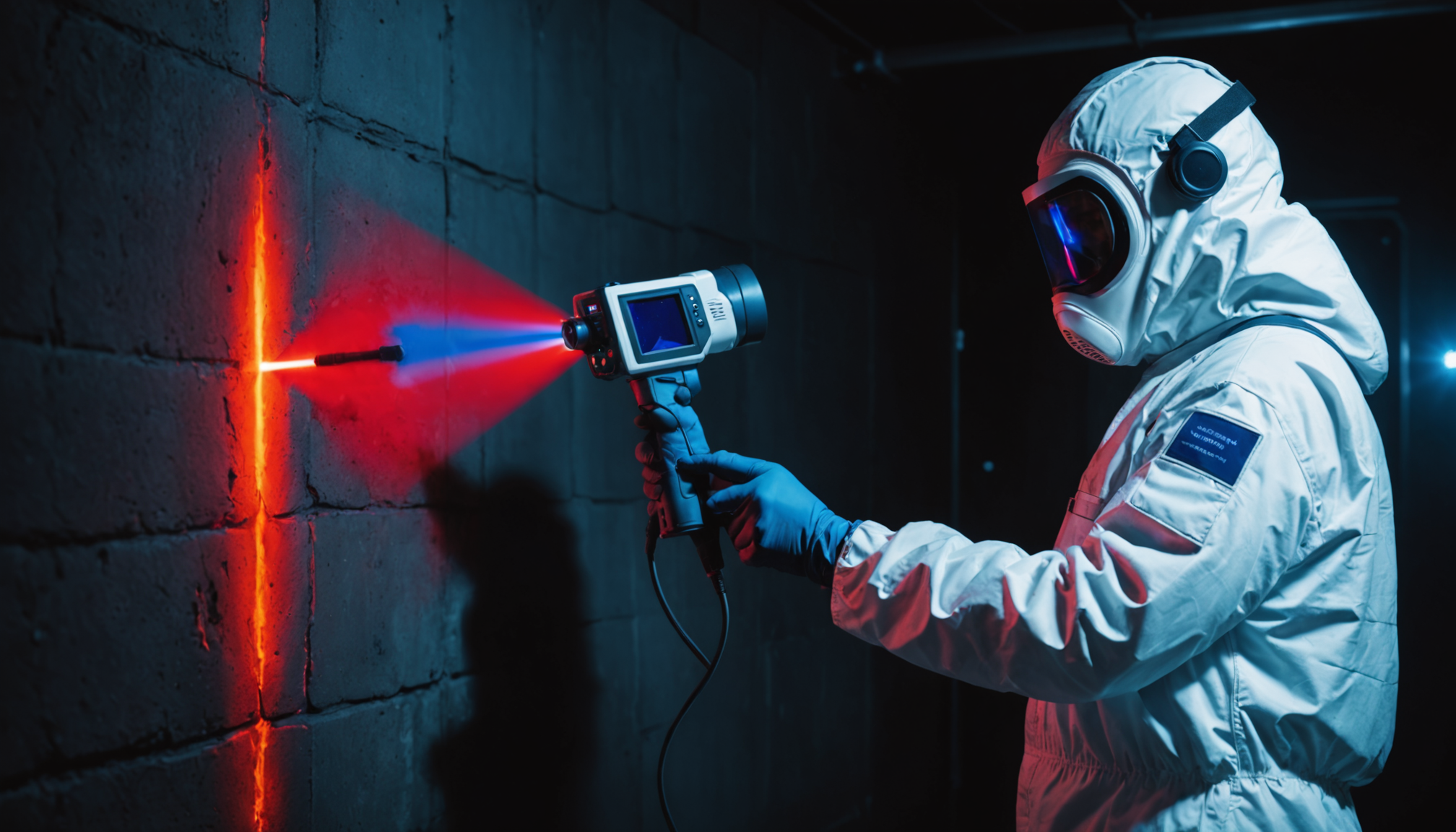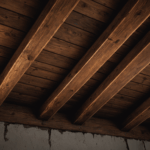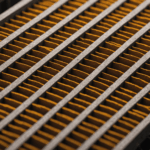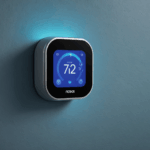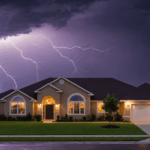When a professional mold removal team arrives at your property, their first priority is conducting a thorough inspection to determine the extent of the problem. According to the Environmental Protection Agency (EPA), this initial assessment is crucial for developing an effective remediation strategy. The contractor process typically begins with sophisticated moisture meters and thermal imaging cameras to detect hidden water sources and mold growth behind walls or under surfaces.
During this phase, certified technicians will document all visible mold growth, water damage, and humidity levels throughout your home. The Indoor Air Quality Association (IAQA) guidelines require professionals to identify the type of mold present, which often involves taking samples for laboratory analysis. Research from the International Association of Certified Home Inspectors shows that approximately 70% of homes have hidden mold growth that isn’t visible during initial visual inspections.
The assessment team will specifically look for:
- Signs of current or past water damage
- Visible mold growth patterns
- Musty odors that might indicate hidden growth
- Potential moisture sources requiring repair
- Affected building materials and structural components
Based on their findings, the home restoration experts will create a detailed remediation plan that outlines the scope of work, necessary equipment, and estimated timeline. The Institute of Inspection, Cleaning and Restoration Certification (IICRC) standards require this plan to include specific containment strategies and air handling protocols to prevent cross-contamination during the remediation process.
Professionals will also assess the HVAC system during this stage, as the Centers for Disease Control and Prevention (CDC) reports that heating and cooling systems can spread mold spores throughout a building if not properly evaluated and addressed. They’ll document the inspection findings with photographs and measurements, which are essential for insurance purposes and establishing a baseline for post-remediation verification.
Containment and air filtration setup
After completing the initial assessment, professionals begin establishing containment zones to prevent cross-contamination during the mold removal process. The team sets up heavy-duty polyethylene sheeting to create sealed barriers around affected areas, effectively isolating them from clean spaces. These containment barriers typically extend from floor to ceiling and include sealed entries and exits through which workers can safely move.
According to industry standards set by the IICRC, negative air pressure must be maintained within the containment area. This is achieved by installing high-powered HEPA air filtration devices (AFDs) that continuously filter contaminated air and exhaust it outside the building. The contractor process involves strategically placing these machines to create a constant flow of filtered air, ensuring that mold spores and other particles don’t escape into unaffected areas of your home.
Professional home restoration teams also establish decontamination chambers or airlocks between the containment zone and clean areas. These chambers allow workers to safely enter and exit while minimizing the risk of cross-contamination. The setup includes separate areas for equipment storage and proper disposal of contaminated materials, following EPA guidelines for professional mold remediation.
Advanced monitoring equipment is installed to measure air pressure differentials and ensure the effectiveness of the containment system. Manometers are used to verify that negative air pressure is consistently maintained, while particle counters help track the efficiency of air filtration. This sophisticated monitoring system remains in place throughout the entire remediation process.
- Negative air pressure must be maintained at a minimum of -0.02 inches water column (WC) relative to surrounding areas
- HEPA air filtration devices should provide 4-6 air changes per hour in the containment area
- Decontamination chambers require a minimum of two stages for proper worker safety protocols
- All seams in containment barriers must be sealed with professional-grade tape to ensure airtight conditions
Removal of affected materials
Once the containment area is secure, professionals begin the crucial process of removing affected materials, but this stage often reveals common mistakes that both homeowners and inexperienced contractors make. One frequent error is attempting to salvage heavily contaminated porous materials like drywall, carpeting, or insulation. According to mold removal experts, these items typically cannot be effectively cleaned and must be completely removed to prevent future growth.
The contractor process requires careful documentation of all materials being removed, but some restoration teams skip this essential step, leading to complications with insurance claims. Professional home restoration companies maintain detailed logs of removed items, including photographs and measurements, ensuring proper compensation and replacement.
Another critical mistake is improper disposal of contaminated materials. Professionals use specific procedures:
– Double-bagging all moldy materials in heavy-duty plastic bags
– Sealing bags completely with tape designed for remediation work
– Using covered chutes or sealed containers for material transport
– Disposing of contaminated items according to local regulations
Many people underestimate the extent of necessary removal, focusing only on visibly affected surfaces. However, mold often grows behind and underneath materials, requiring removal of:
– At least 12 inches beyond visible contamination
– All affected insulation, even if partially contaminated
– Complete sections of drywall rather than small patches
– Entire carpet sections rather than spot treatment
The most dangerous mistake is rushing the removal process without proper protection. Professional teams wear appropriate personal protective equipment (PPE) and use specialized tools to minimize dust and spore dispersal. They also conduct continuous air monitoring during removal to ensure containment effectiveness, a step often overlooked by inexperienced contractors.
Following industry standards, materials are removed in a specific sequence to prevent cross-contamination, starting from the top of the space and working downward. This methodical approach, though time-consuming, ensures thorough remediation and helps prevent the need for repeated treatments.
Cleaning and disinfection process
Once all affected materials have been removed, the mold removal team initiates a comprehensive cleaning and disinfection phase using specialized equipment and EPA-approved antimicrobial products. The contractor process involves multiple cleaning stages, starting with HEPA vacuuming of all surfaces to remove loose spores and debris. Professional-grade equipment ensures particles as small as 0.3 microns are captured effectively.
Home restoration experts then employ a combination of mechanical and chemical cleaning methods:
– Dry ice blasting for stubborn mold on wooden surfaces
– Soda blasting for delicate or historical materials
– Wire brushing for rough surfaces like concrete
– Wet wiping with specialized cleaning solutions
– Sand scouring for metal surfaces
The team applies hospital-grade disinfectants using electrostatic sprayers, ensuring even coverage and maximum effectiveness. According to industry standards, surfaces receive multiple treatments, with specific dwell times between applications to achieve optimal results. Professionals use moisture meters throughout this phase to ensure cleaning solutions don’t introduce excess moisture that could promote new growth.
Special attention is paid to HVAC components and ductwork:
- Professional duct cleaning with rotating brushes and vacuum systems
- Coil cleaning and sanitization
- Air handler unit disinfection
- Replacement of contaminated filters
After the initial cleaning, surfaces are treated with protective coatings or sealants where appropriate. These products help prevent future mold growth by creating an inhospitable environment for spores. The entire process is documented with photographs and detailed notes, tracking which cleaning methods and products were used in each area.
Throughout the cleaning phase, air scrubbers continue operating to capture any airborne particles released during the process. Professionals regularly check humidity levels and ensure proper ventilation to expedite drying. This methodical approach not only eliminates existing mold but also helps prevent its return by addressing the conditions that initially allowed it to thrive.
Remember, thorough cleaning and disinfection by certified professionals provides the foundation for a healthy indoor environment. By following these comprehensive protocols, you’re investing in your property’s long-term protection against mold recurrence.
Post-remediation verification testing
- How long does post-remediation testing typically take?
- Professional mold removal testing usually takes 24-48 hours to complete. This includes collecting air samples, surface samples, and waiting for laboratory results to confirm the effectiveness of the remediation.
- What happens if mold is found during post-remediation testing?
- If mold is detected, the contractor process requires returning to the affected areas for additional cleaning and treatment. The home restoration company will perform the necessary work at no additional cost until testing confirms the space meets clearance criteria.
- Is post-remediation testing really necessary?
- Yes, testing is crucial to ensure all mold has been properly removed and the space is safe for occupancy. Professional testing provides documented proof that the remediation was successful and helps protect both the homeowner and the remediation company.
- What types of tests are performed after mold remediation?
- Post-remediation verification typically includes air sampling, surface sampling, and moisture testing. Professionals may also conduct visual inspections using specialized equipment like thermal imaging cameras to ensure no hidden moisture remains.
- Who performs the post-remediation testing?
- A third-party inspector or industrial hygienist usually conducts the testing to ensure unbiased results. This independent verification helps maintain objectivity and provides credible documentation of the remediation’s success.
